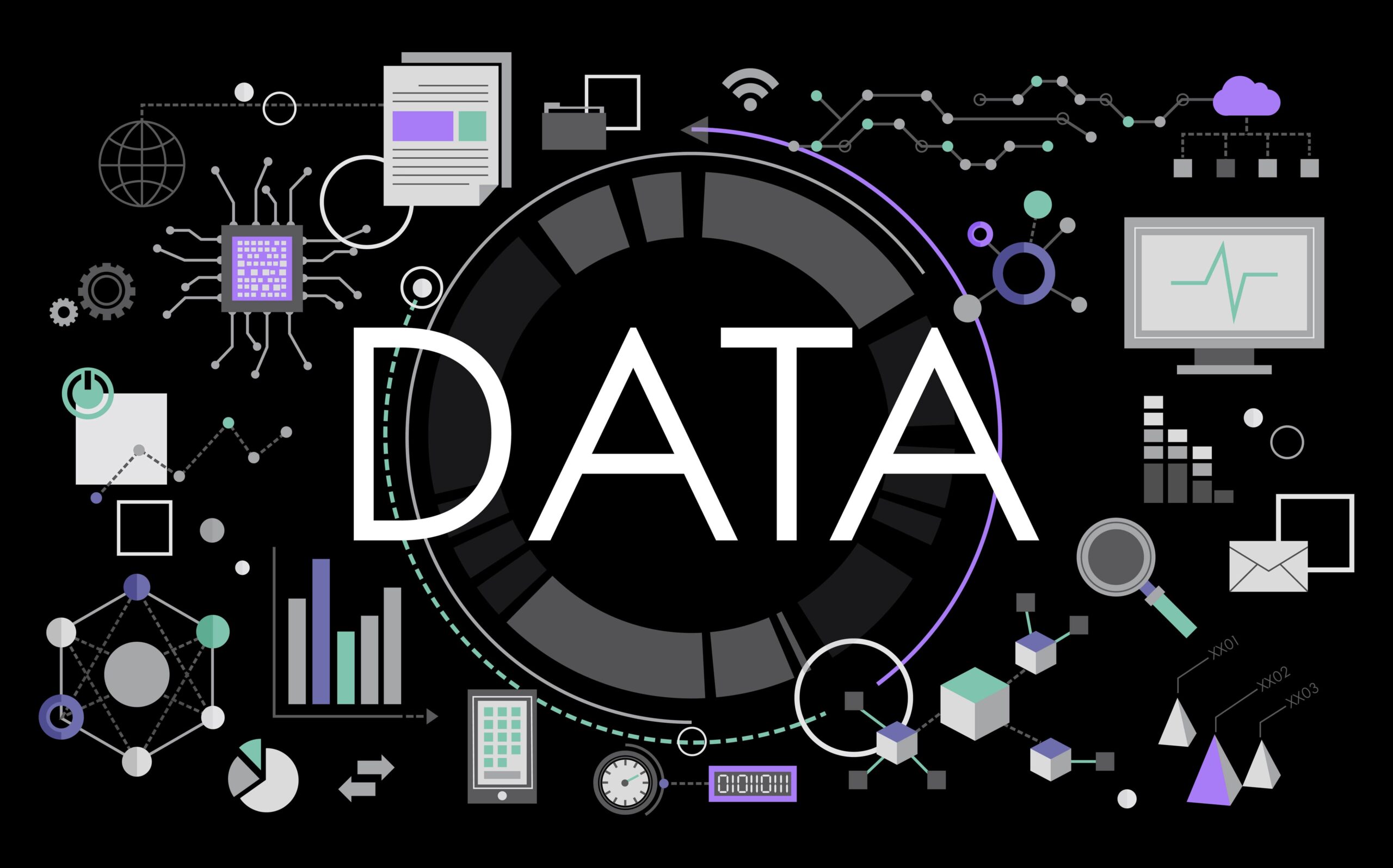
Let’s be honest: the term “Big Data” has been tossed around so much over the last decade, it’s lost a bit of its shine. It started as a trendy buzzword at tech conferences, turned into a business must-have, and now? The show quietly runs behind the scenes.
But here’s the thing—just because it’s no longer the shiniest object in the room doesn’t mean it’s any less important. In fact, Big Data is more relevant than ever. It’s just… mature.
It’s Not About Data. It’s About What You Do with It.
Every second, companies generate mountains of data—from website clicks to IoT sensors to customer reviews. That part isn’t new.
What is new is how companies are finally figuring out how to use that data to make better decisions. We’re seeing Big Data evolve from “a lot of numbers in a database” to actual insights that guide operations, marketing, product development, and customer experience.
Retailers can now predict trends weeks before they hit mainstream. Hospitals are spotting potential outbreaks before they happen. Logistics firms are optimizing routes in real-time based on weather, traffic, and demand.
This isn’t just digital transformation, it’s intelligence at scale.
The Numbers Tell the Story
I recently came across a report by Roots Analysis that really put things into perspective. According to them, the big data market size is projected to grow from USD 262.87 billion in 2024 to USD 1,019 billion by 2035, representing a CAGR of 13.10% during the forecast period.
Let that sink in for a second.
That’s nearly a trillion-dollar industry in just over a decade. And it’s not built on hype—it’s built on value. Real companies use real data to solve real problems.
The Pandemic Was a Turning Point
A lot of industries talk about the “COVID shift.” But in the Big Data world, the shift wasn’t just digital, it was structural.
Suddenly, businesses had to understand customer behavior right now—not last quarter. Supply chains had to be recalibrated based on demand spikes, not forecasts. Governments needed health data analyzed in real-time to make public safety decisions.
Those who already had a solid data infrastructure. They adapted fast. The rest? Let’s just say many of them scrambled to catch up—and some never did.
That moment created a clear divide between data-driven organizations and those that were still guessing.
Big Data Meets AI: The Power Duo
One of the most exciting developments lately is how Big Data is being paired with AI and machine learning. Think of Big Data as the raw material—and AI as the engine that turns it into something useful.
Machine learning models can now detect fraud in milliseconds, personalize your Netflix recommendations, and even help diagnose diseases before symptoms appear.
But none of that’s possible without high-quality, high-volume data as the foundation.
Challenges Still Exist—But They’re Worth Solving
Let’s not pretend it’s all smooth sailing. Big Data comes with its headaches—privacy issues, data security concerns, data quality problems, and the constant need for skilled analysts who can actually make sense of the numbers.
And then there’s the issue of storage, governance, and the cost of infrastructure.
But here’s the truth: the organizations solving those problems now will be the ones leading their industries in five years. Because while others are busy collecting data, leaders are acting on it.
From Insight to Action
Big Data isn’t just about dashboards and reports. It’s about taking action.
It’s about using heatmaps to redesign your store layout. It’s about spotting a decline in user engagement before your product tanks. It’s about identifying which patients are at risk before they show up in the ER.
The most forward-thinking companies aren’t just analyzing the past—they’re predicting the future.
So What’s Next?
As we move deeper into 2025, one thing is becoming clear: Big Data is no longer a “nice to have.” It’s a business imperative.
The question isn’t whether you have data. You do. The question is—are you using it to make decisions, or are you still flying blind?
Because the companies that are getting it right? They’re not just using data. They’re building their entire strategies around it.